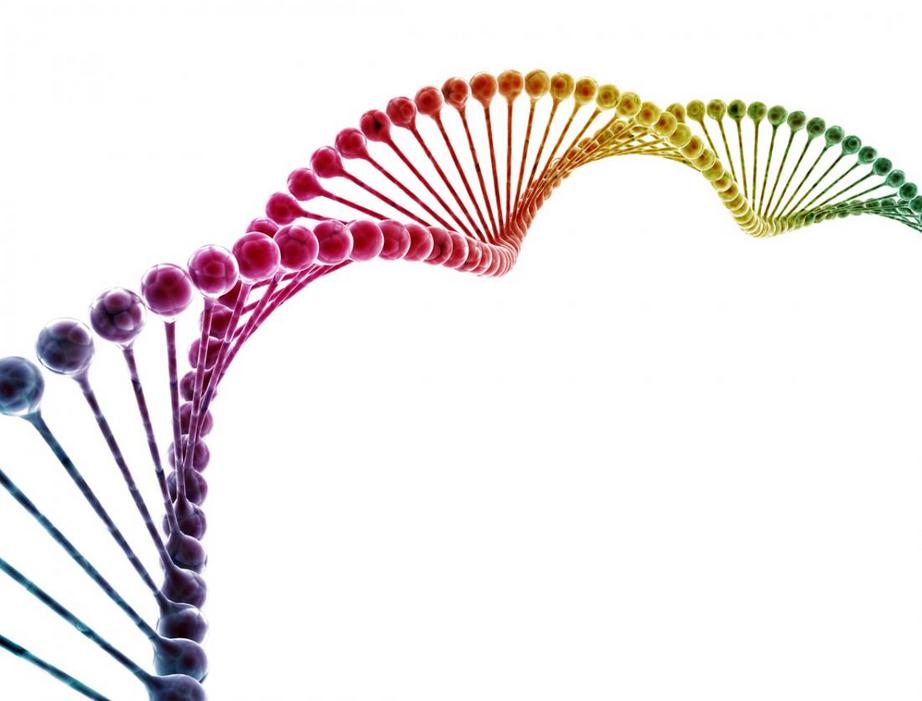Some people are their own identical twins and the science behind that is fascinating
One person, two sets of genes.
Take any two cells from your body and there's a good chance their genetic sequences will be a match. That is, unless you happen to have what's referred to in the medical literature as a 'tetragametic chimerism' – a condition that causes separate fertilised embryos to merge into a single body.
Once thought to be rare among humans, there's good reason to suspect we might be seeing a lot more of it in the future.
The truth is, nobody is really certain how many humans have cells in their body that once belonged to a sibling.
Unlike the transplantation of a fully developed organ into a grown body, the presence of genetically distinct cells early in life won't trigger alarm bells in the immune system.
That makes it possible for two (or more) fertilised eggs – siblings, for all purposes – to bump into one another in the uterus, and mistake their new neighbour for another cell in their own growing body. Far from rejecting each other, the cells team up and continue to build a single human.
The tides of hormones and other chemical signals directing the embryo's evolution tend to affect the two cells in pretty much the same way, making it hard to spot where one developing tissue ends and another begins.
On occasion, however, the different sets of genes do make themselves known.
Californian entertainer Taylor Muhl presents a somewhat striking example.
"Everything on the left side of my body is slightly larger than the right side," Muhl explains on her blog.
"I have a double tooth in the left side of my mouth and many sensitivities and allergies to foods, medications, supplements, jewellery and insect bites."
What most people might notice first, though, is a clear difference in pigmentation between the two halves of her abdomen.
It was while investigating an illness in her early teens that Muhl discovered both her allergies and unusual birthmark were the result of tetragametic chimerism between her own fertilised egg and that of a fraternal twin.
Such mismatched sets of genes can make themselves known in a number of other ways.
Where chimerism involves contrasting sex chromosomes, variations in how genitalia develop can sometimes produce an intersex condition.
Since the 1950s scientists have known some individuals have blood types that can't be explained by a single genotype – a phenomenon that only makes sense if they have two different sets of genes contributing to the make-up of their own red blood cells.
Several years ago, an American couple gave birth to a son whose blood type didn't quite line up with their own.
Since the child's conception was given a nudge using fertility treatment, some kind of screw-up involving the origins of the sperm was suspected.
But a quick test using an off-the-shelf genetic screening kit showed a 25 percent match between the father and the son – a figure we might expect to get if 'dad' was actually the child's uncle.
After some digging, it turned out this result is far closer to the truth than anybody might have suspected.
The father's tetragametic chimerism took the form of a distinction in between the rest of his body – such as those that make his own blood cells – and his sperm's stem cells.
In other words, his sperm were being produced by a brother he never had.
As genetic testing becomes more popular, there's no doubt more stories like these will come to light. It's also possible that the condition could be on the rise.
A study conducted in the 1990s suggests nearly one in ten twin pairs and as many as a fifth of triplets showed signs of blood group chimerism.
Increased reliance on assisted reproductive technologies means we can expect more multiple conceptions.
Just how many of these embryonic siblings merge into a single person is far from clear. Given how little we know about either its prevalence or how it might be responsible for anything from allergies to auto-immune disorders, this could be concerning.
But no doubt it's a topic we'll be learning more about in coming years.

